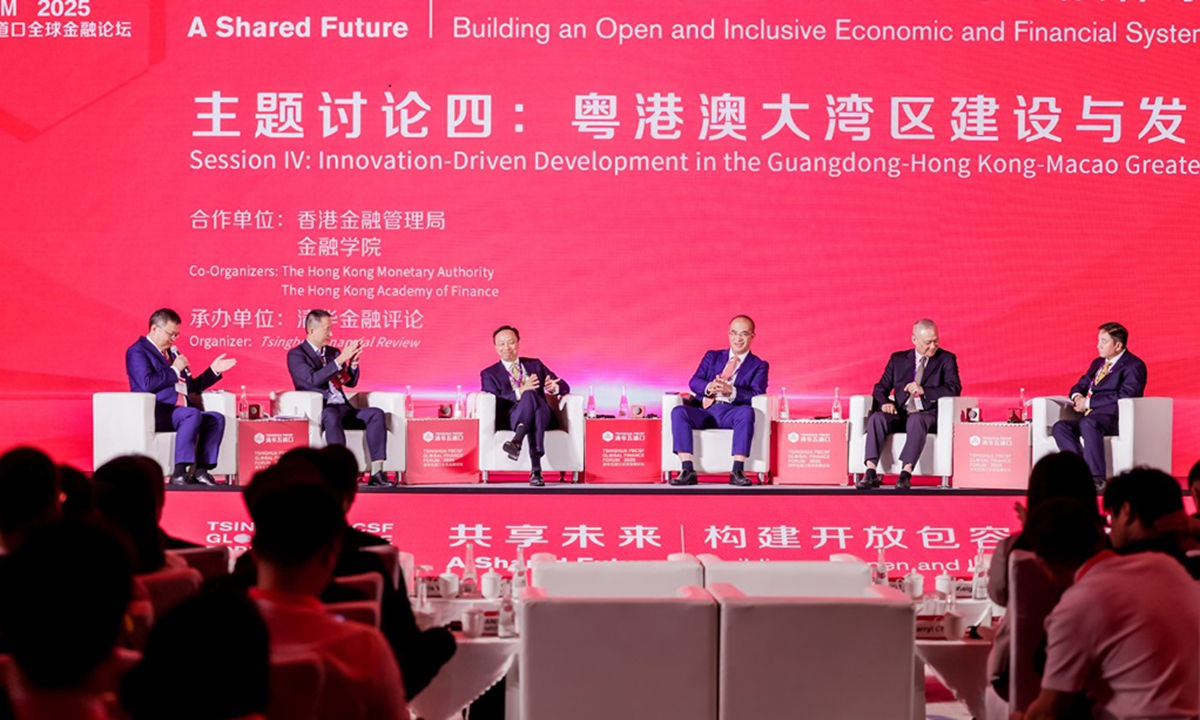Unlocking Asia's Next Growth Frontier: China-ASEAN FTA 3.0 & the Sectors to Watch Now
The China-ASEAN Free Trade Area (ACFTA) 3.0, finalized in October 2024, is not merely an update to an existing agreement—it’s a blueprint for reshaping Asia’s economic landscape. By slashing tariffs, digitizing trade corridors, and prioritizing green growth, ACFTA 3.0 has set the stage for unprecedented opportunities in sectors primed to dominate the region’s supply chains and e-commerce ecosystems. For investors, this is a moment to act decisively. Let’s dissect the sectors where reduced barriers and enhanced integration will catalyze growth—and why you can’t afford to miss the next wave.
ACFTA 3.0’s most transformative provision is its embrace of digital trade, which includes harmonized rules for cross-border data flows, e-payments, and cloud services. This is a game-changer for ASEAN’s tech-driven SMEs, which now gain direct access to China’s 1.2 billion consumers. With tariffs on digital services effectively eliminated, platforms like (SEA Group, SE) and (Alibaba, BABA) can expand logistics networks and payment systems across borders without punitive costs.

- : Reduced tariffs on IT hardware (e.g., servers, routers) lower operational expenses for ASEAN-based e-commerce hubs.
- : Chinese tech giants like Alibaba (BABA) and Tencent (TCEHY) are accelerating investments in ASEAN logistics and data centers to capitalize on this shift.
The ACFTA 3.0’s green clause slashes tariffs on solar panels, wind turbines, and energy-efficient equipment to near zero. This directly benefits ASEAN’s energy transition, which is projected to attract . Countries like Vietnam and Thailand, already manufacturing solar panels at 30% lower costs than China, stand to capture a dominant share of this market.
For investors, the focus should be on:
1. : Companies like and with ASEAN production facilities.
2. : and regional players like are upgrading ASEAN’s grid infrastructure to meet China’s demand for renewable tech.
ACFTA 3.0’s tariff cuts on semiconductors, precision machinery, and industrial robots are a win for ASEAN’s manufacturing hubs. Vietnam’s electronics sector and Malaysia’s semiconductor industry, already integral to China’s supply chains, will see on critical components. This creates a virtuous cycle: lower costs attract more foreign direct investment, driving innovation and scale.
: Back companies exposed to ASEAN’s advanced manufacturing boom.
- : and .
- : and regional robotics firms like .
While agriculture faces headwinds from China’s subsidies, the removal of tariffs on palm oil, rubber, and processed foods opens a $20 billion revenue stream for Indonesia and Malaysia. Investors should target:
- : IOI Corporation (IOIC) and Sime Darby (SIME).
- Protein Producers: Thailand’s CP Group and Vietnam’s Masan Group (MSN), which are scaling up poultry and aquaculture exports.
Caveat: Monitor China’s subsidy policies closely—****—but the structural demand for ASEAN’s raw materials remains insatiable.
Critics highlight trade imbalances and over-reliance on China, but these are manageable. The ACFTA 3.0’s dispute resolution mechanisms and supply chain resilience measures provide a safety net. Meanwhile, ASEAN’s diversification into high-value sectors (e.g., EV batteries in Indonesia) ensures growth isn’t purely transactional.
ACFTA 3.0 isn’t just about tariffs—it’s about redefining Asia’s economic hierarchy. The sectors outlined here are the engines of this transformation. Investors who move now will secure stakes in industries where cost advantages, regulatory tailwinds, and China’s insatiable demand will compound returns.
The question isn’t whether to act—it’s which sector you’ll miss out on.
This analysis is for informational purposes only. Past performance does not guarantee future results.












